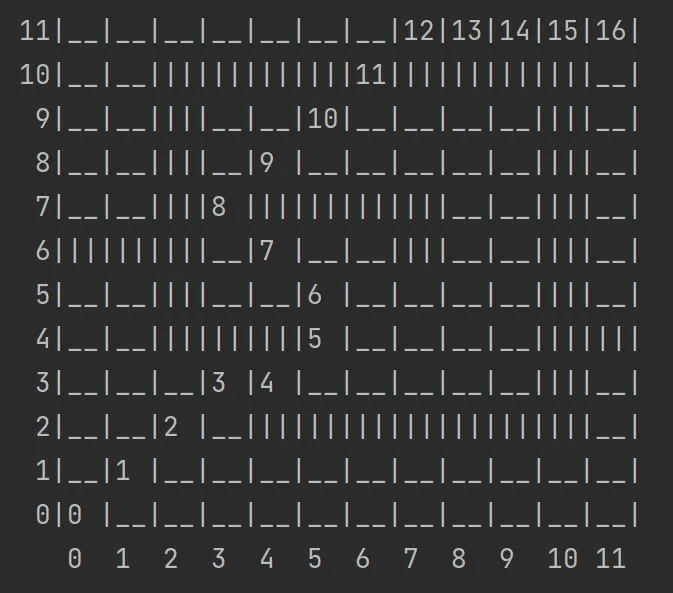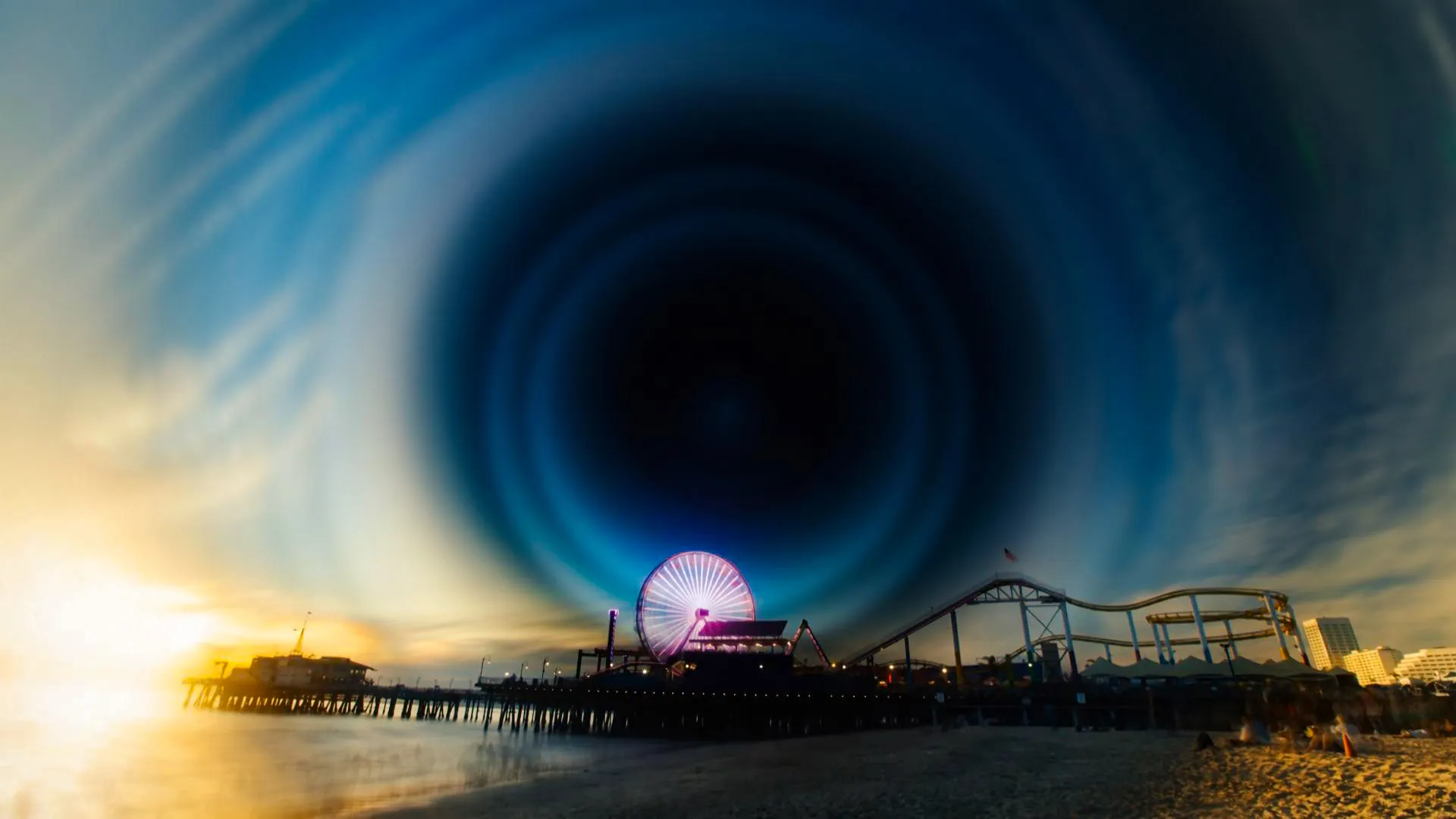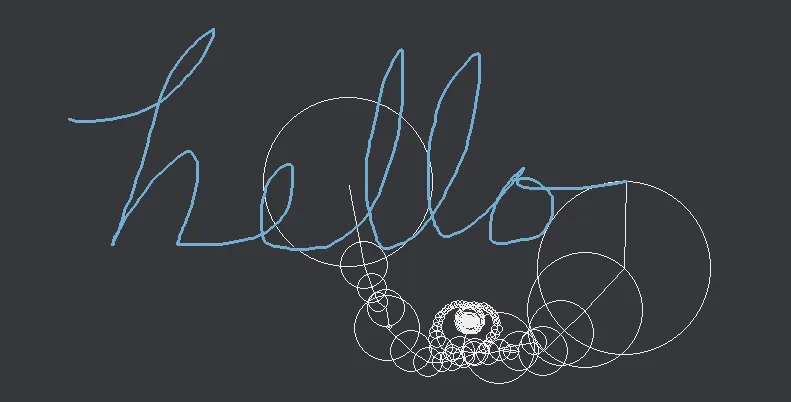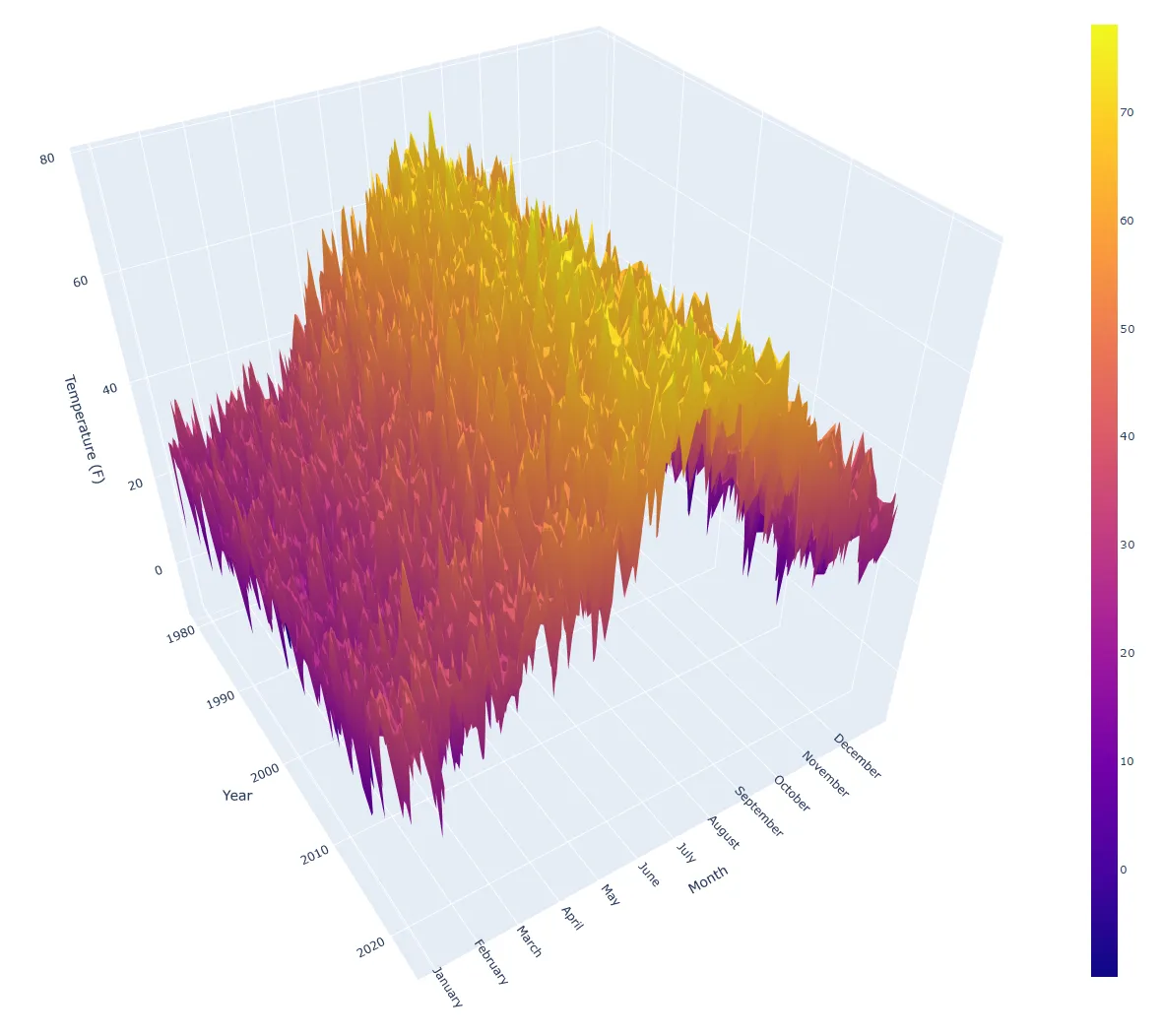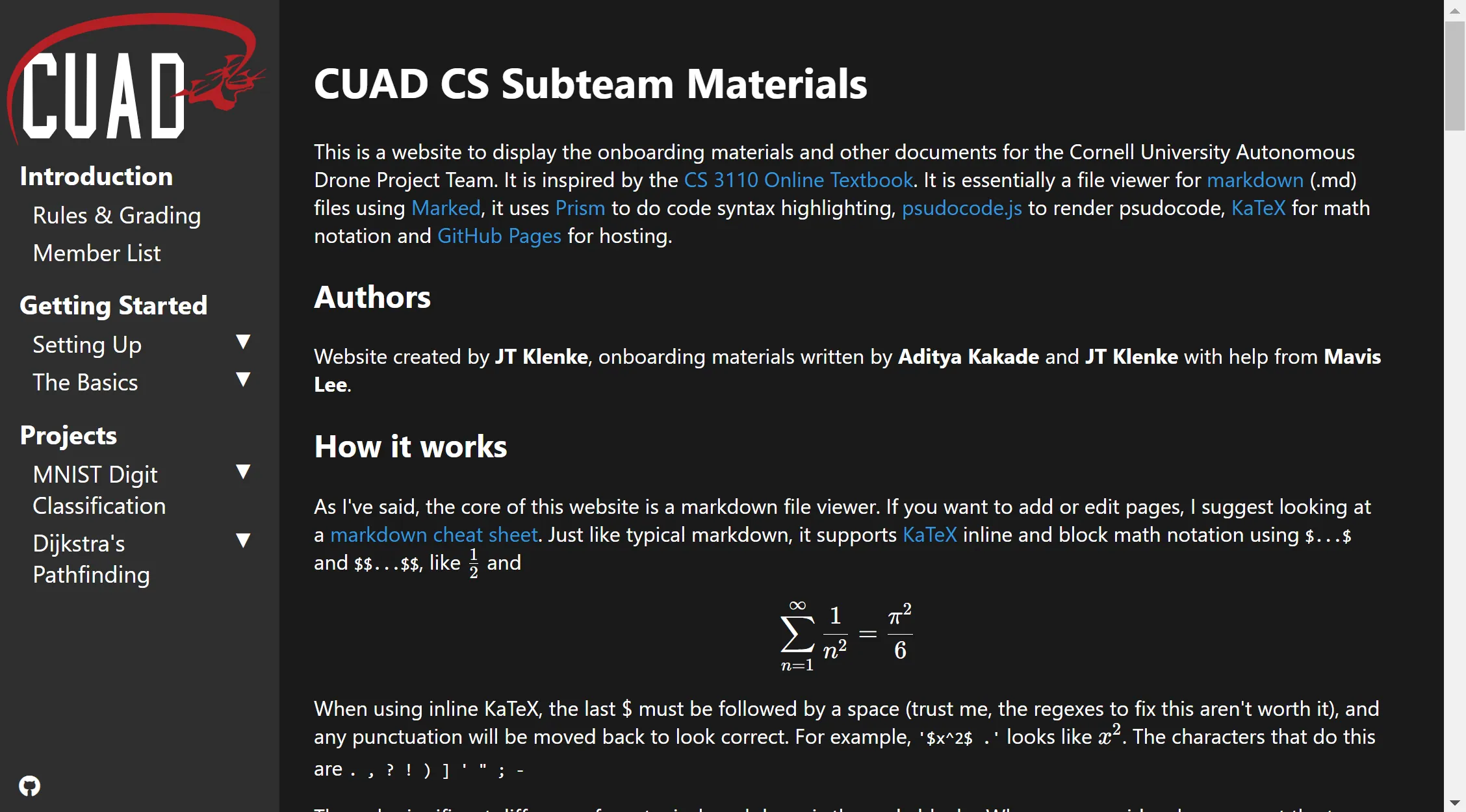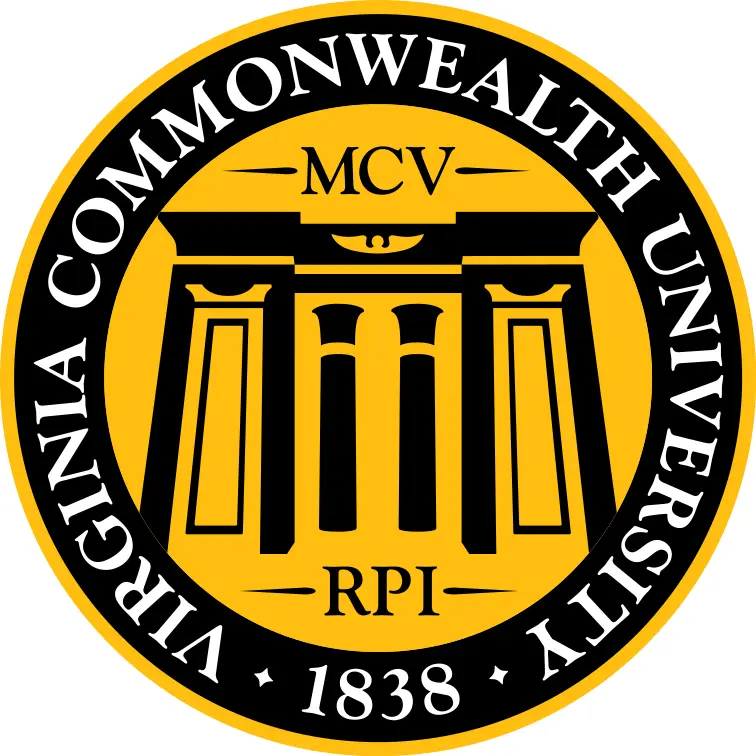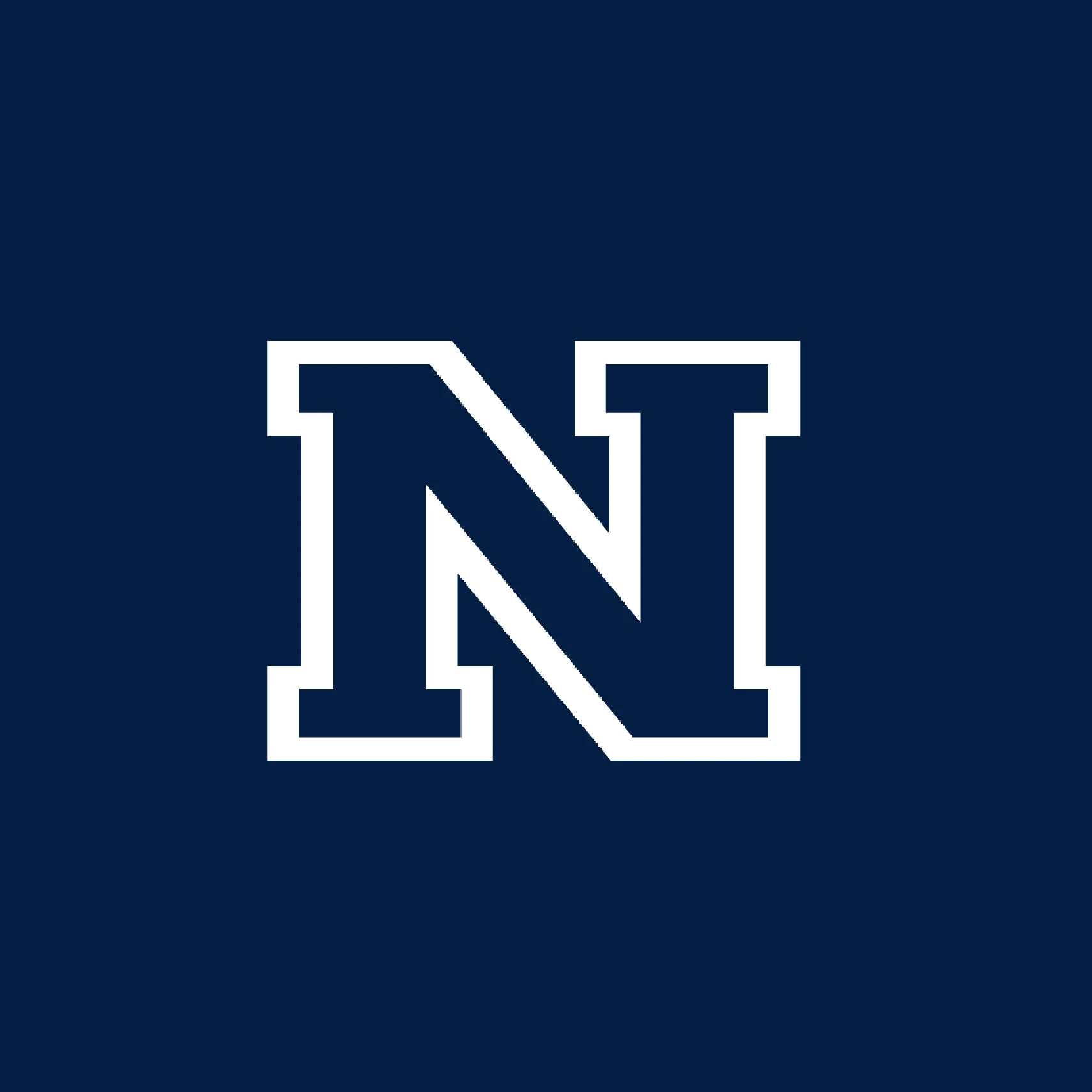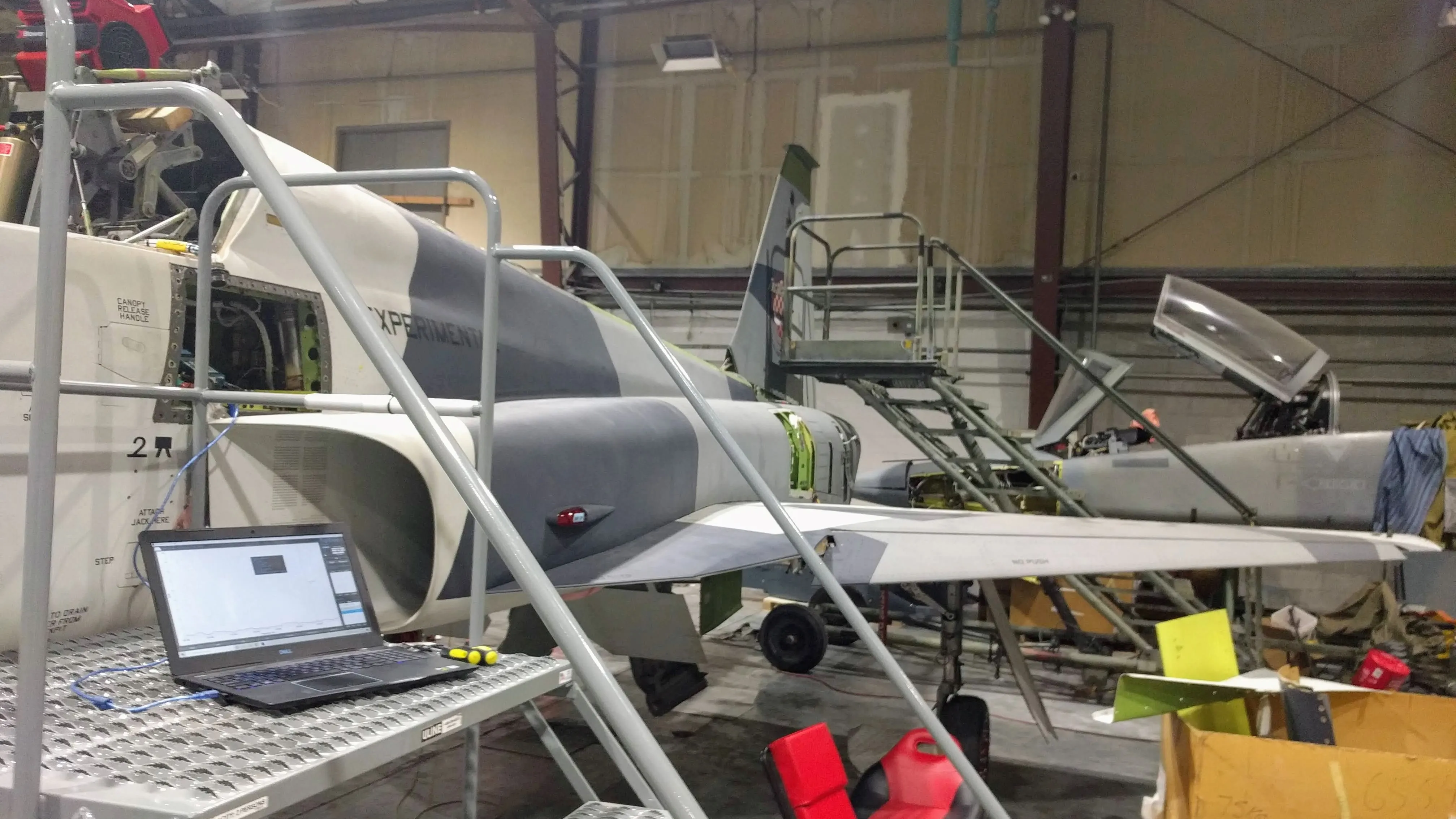
Evolutionary algorithm assisted antenna design
I wrote an evolutionary algorithm in Python to optimize the antenna shape for communications antennas, the final design is to be used on F-5 Navy training jets. The plate antenna operates from 108-400MHz, the evolutionary algorithm designed antenna is about twice as good as the old design and exceeds the specification by 25%. Here is the paper I wrote on the process.
Learn more